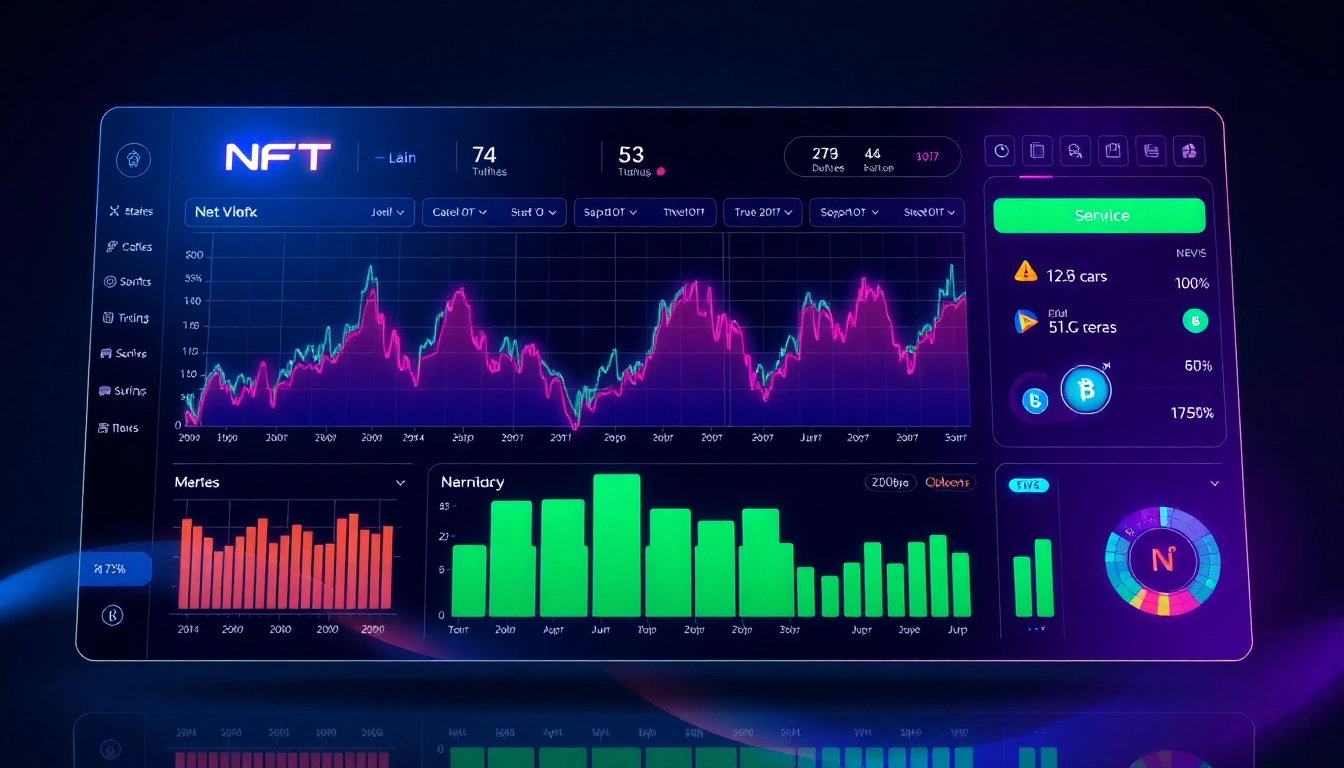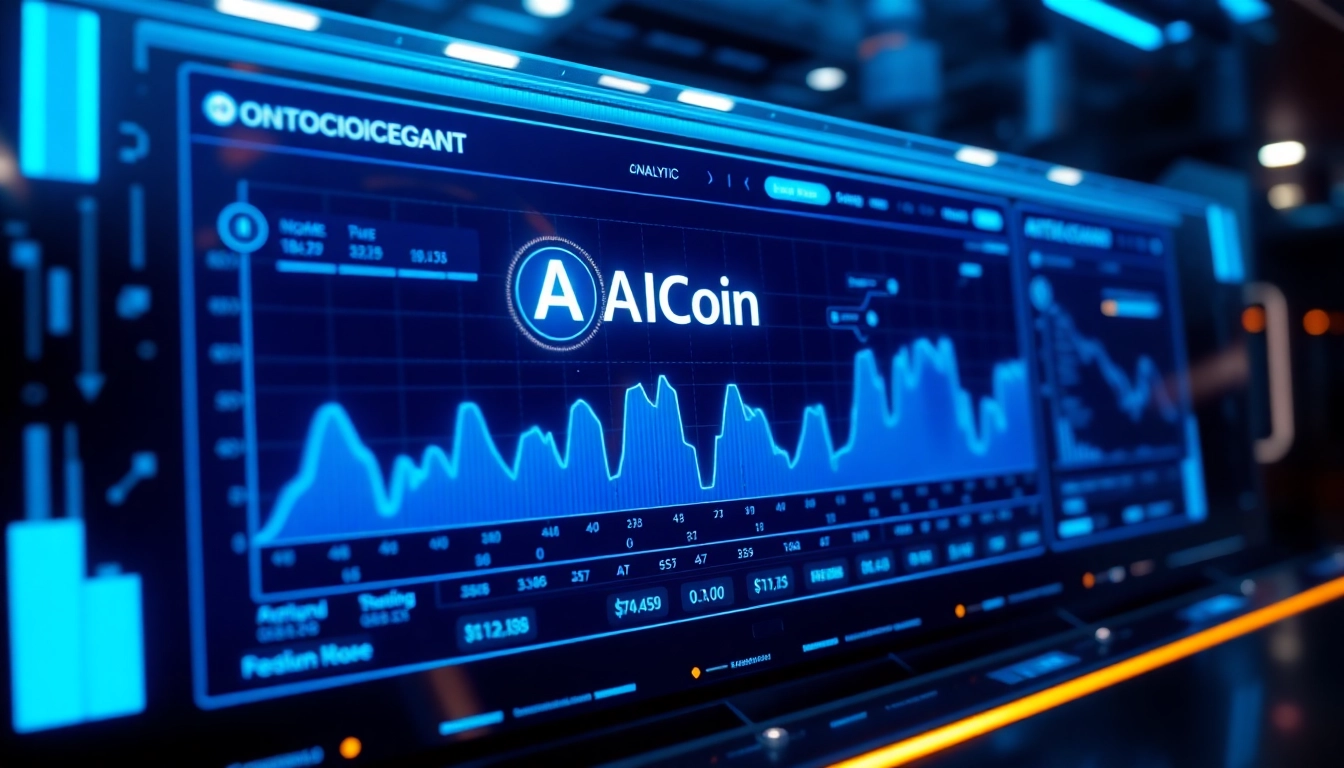Current Dynamics of the Financial Markets
The financial landscape continues to evolve rapidly, with stock markets exhibiting mixed performance across global indices. European equities closed marginally higher, reflecting cautious investor sentiment amid ongoing economic uncertainties. Meanwhile, gold prices surged to new heights, hitting a record of $3,501.59 per ounce, driven by inflation fears and geopolitical tensions. The US dollar experienced a slight decline in anticipation of upcoming U.S. labor data, while commodities like oil faced declines yet remained poised for weekly gains.
Understanding these shifts requires a comprehensive grasp of the factors influencing markets today. For instance, the recent drop in the dollar against major currencies such as the Yen and Euro has been attributed to investor optimism regarding U.S. rate cut expectations. This scenario underscores the interconnectedness of monetary policy, geopolitical developments, and investor behavior. For investors eager to stay ahead, staying updated with the latest trading and investment news is essential. One way to remain informed is through expert analyses like the NFT Market Update, which amalgamates insights across asset classes, including cryptocurrencies, equities, and commodities.
Key Market Influencers in the Current Climate
Several pivotal factors are shaping market trends at this juncture. Notably, U.S. labor market data is closely watched because it influences Federal Reserve strategies on interest rates. Recent indicators suggest a resilient job market, which complicates the scenario for rate cuts. Conversely, the anticipated easing of monetary policy has supported the rally in assets like gold and equities. Additionally, geopolitical risks—such as trade tensions between the U.S. and China—continue to impact commodities and currencies, exemplified by China’s weak economic data affecting iron ore futures.
Another crucial influencer is the evolving landscape of digital assets. Cryptocurrency markets, despite some turbulence, have demonstrated resilience, with Bitcoin and Ether displaying stability amid SEC scrutiny. These developments highlight the importance for investors to monitor regulatory evolutions closely. Expert insight suggests that diversifying across traditional and digital assets can mitigate risk and capitalize on emerging opportunities.
Analyzing the Current State of the NFT Market
The NFT market has experienced both remarkable growth and significant correction recently. The market capitalization for NFTs has soared past $9.3 billion at its peak but has since contracted by approximately $1.2 billion as Ether rally momentum slowed. These fluctuations underline the volatility inherent to this innovative asset class. Key metrics reveal that popular NFT collections—such as CryptoPunks, Beeple artworks, and emerging metaverse-based assets—continue to attract investor interest, albeit with increased caution.
Influencing factors behind NFT price movements include broader market sentiment, technological developments, and the entrance of institutional players. For example, enhanced blockchain scalability and environmental considerations are making NFTs more accessible. However, regulatory uncertainties remain a challenge, impacting investor confidence. Therefore, evaluating NFT assets involves scrutinizing their provenance, community support, and technological backbone to assess value accurately.
Market Trends and Investor Sentiments
Today’s investors are exhibiting a nuanced approach toward risk and opportunity. Market sentiment appears to be globally cautious, influenced by inflation concerns, geopolitical risks, and central bank policies. Interestingly, the recent record-high gold prices signal a flight-to-safety among investors, particularly as equities show mixed performances.
Social media platforms and celebrity endorsements continue to influence investor behavior in the NFT space. For instance, high-profile endorsements can trigger short-term price surges, but they also contribute to volatility. Emerging technologies, like AI and blockchain innovations, are increasingly shaping trading strategies—offering tools for better analytics, price prediction, and risk management.
Effective Strategies for NFT Investment
Evaluating NFT Assets
Successful NFT investing hinges on thorough due diligence. This includes analyzing the creator’s reputation, the rarity and uniqueness of the asset, liquidity, and community engagement. Tools like OpenSea and Rarible provide platform-specific metrics, while secondary marketplaces can offer insights into trading volumes and bid activity.
Managing Risks and Diversification
Given the volatility of NFTs, diversification becomes critical. Spreading investments across different collections, genres, and platforms can diminish exposure to market shocks. Incorporating traditional assets like stocks and gold for balance further enhances portfolio resilience.
Long-Term vs. Short-Term Investing
Short-term traders capitalize on market swings, leveraging technical analysis and quick trades. Conversely, long-term investors focus on projects with strong fundamentals, community backing, and potential for appreciation over years. Clear objectives and risk appetite should guide your strategy, complemented by continuous market research.
Future Outlook for the NFT Market
Growth Potential and Challenges
Forecasts suggest that the NFT market may see sustained growth, driven by expanding adoption in gaming, entertainment, and enterprise solutions. However, challenges such as regulatory clarity, environmental concerns, and market saturation could hinder momentum. Innovations like eco-friendly blockchains and enhanced provenance tracking are pivotal for future stability.
Emerging Segments and Niches
Specialized NFT niches—such as virtual real estate, music rights, and tokenized collectibles—are gaining traction. These sectors offer tailored investment opportunities with distinct risk and reward profiles, appealing to both institutional and retail investors seeking diversification.
Regulatory Developments
Global regulators are increasingly scrutinizing NFTs, focusing on issues like intellectual property rights, money laundering, and taxation. Proactive compliance and transparent practices will be essential for sustainable growth in this space.
Practical Tips to Stay Competitive in NFT Investing
Monitoring Tools and Platforms
Utilize platforms like Nansen, DappRadar, and CryptoSlam to track market trends, volumes, and top-performing assets. These tools provide real-time analytics essential for making informed decisions.
Community Engagement
Active participation in online communities—such as Discord groups and Twitter crypto circles—can provide early signals of emerging trends and project developments. Building relationships with collectors, creators, and industry insiders enhances your market insight.
Continuous Learning Resources
Engage with industry reports, webinars, and courses offered by trusted entities like CoinDesk, Messari, and non-fungible.com. Staying educated about technological advancements and regulatory changes makes your investment approach more robust.



